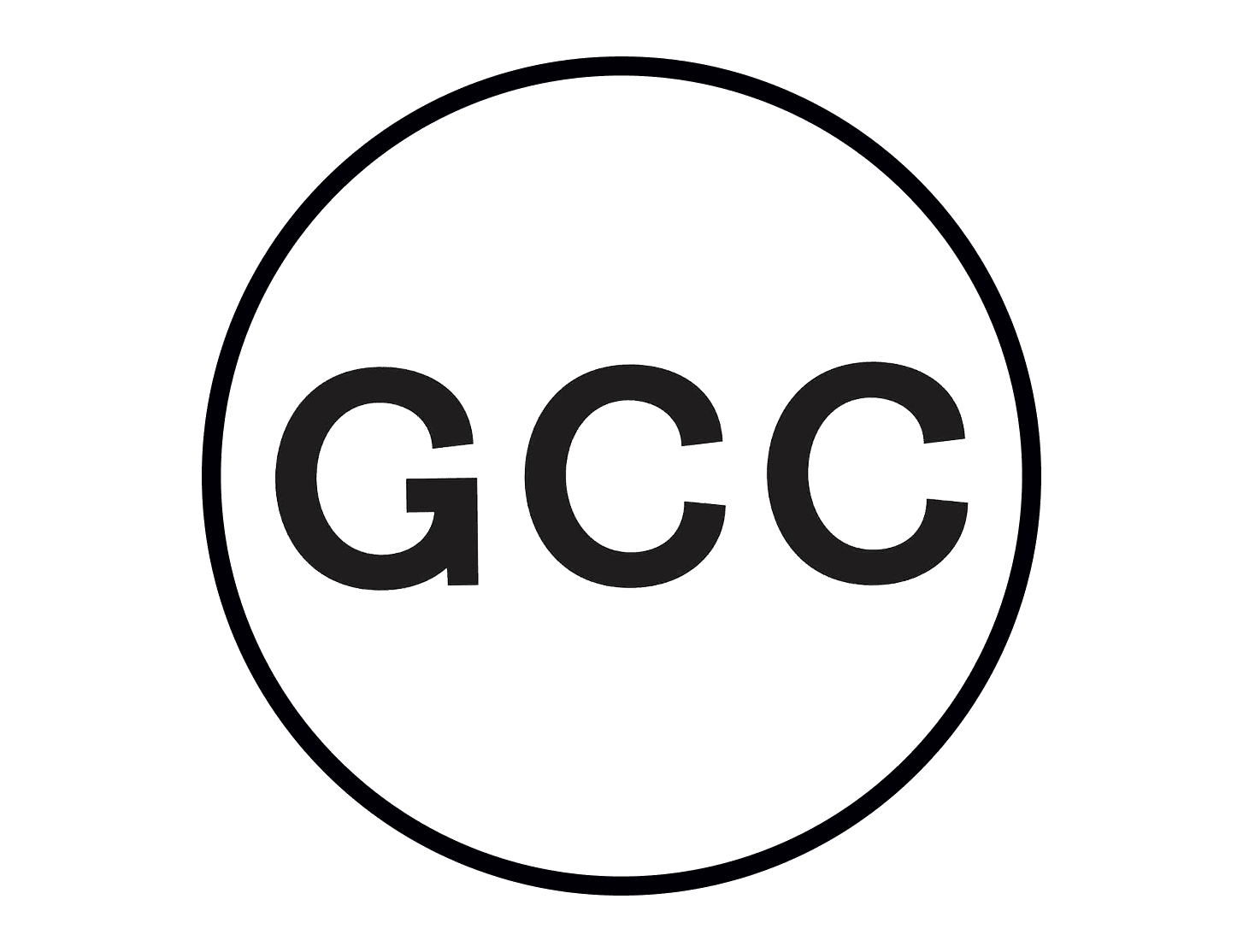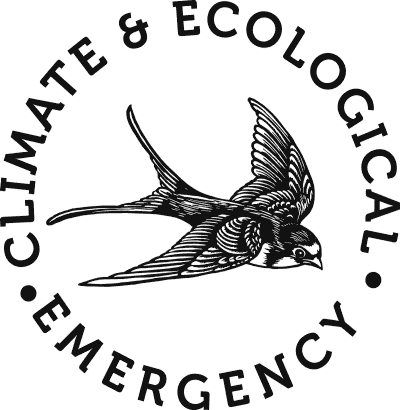March 2022 (Interview from Summer 2021)
Rosannagh Scarlet Esson’s art is the result of symbolic mixing and interacting of materials. She artfully oxidizes metal, exposes painted canvases to rain and flooding water, and adds texture with salt and ash, among other things. Rosannagh’s inspiration lies in her knowledge and beliefs about ecology, wilderness, and climate change. Using her artistic method of choice, she explores the human relationship to nature and the transformative effects of the elements.
Rosannagh graduated from Oxford Brookes University in 2016. Since then, so much has happened in her personal life and the world at large. She has exhibited in Europe and the UK, and her artwork is included in several UK collections. When everyone went into lockdown, Rosannagh found herself alone at home in the UK countryside. The solitude and proximity to nature was enlightening for Rosannagh, and she has since become more focused on her art practice and clear on what she wants to communicate with her art. As an artist whose work makes a statement about the environment, Rosannagh holds herself accountable to being educated on climate change and finding solutions to issues of sustainability. “I’m committed to finding sustainable materials and processes in order to make my studio carbon neutral, and I’m making a concerted effort to engage with the science behind the climate crisis to educate myself as far as possible on my subject. This is something that we should all be doing—it’s an issue that affects all of us and we can all make a difference.”
Rosannagh’s pieces are special in that they are not only intriguing to simply take in, but they also offer the option of digging deeper for those who want to. Significant transformation is often the result of a culmination of small events, rather than one big moment alone; Rosannagh’s collection of art represents this process of change. As the world continues transforming alongside ourselves, let Rosannagh Scarlet Esson and her art be a source of inspiration and an example of the beauty behind art and science.
INTERVIEW FROM SUMMER 2021:
What do you think about the role of the artist in today’s world? Has it changed from your previous conception, or when you first wanted to be an artist?
As a child, making art was, quite simply, making art. I loved to paint; to play with material and colour; to experiment with clay, paper, pigment, words—anything that offered new ways of expressing myself, and my experience in the world. I think this curiosity of spirit is fundamental to any creative, but it’s how you carry that into your adult life that forms you as an artist. Constant study is key. For some that might be honing your skills—for others, educating yourself on your subject. The most wonderful thing about being an artist is that you get to forge your own path. You are given permission to live outside of the norm, and in doing so you get to bear witness to things that might otherwise go unnoticed or underrepresented in traditional and conventional roles. An artist, whatever the subject or interest, should offer perspectives unseen to others. We visualise what we see and feel and learn. For me, this manifests in my research into climate change, wildness, and deep ecology. By studying this as an artist (not a scientist), I get to approach the subject in a more philosophical way, and in doing so have had the wonderful privilege of learning about so many wonderful things: from parietal art and shamanism to contemporary archeology. The works of Plato to that of Jung; the words of Frost and Yeats; medieval alchemy to modern day chemistry; and, of course, the climate crisis. Artists don’t just make art—they connect the dots between space, time, mind and matter.
Do you find yourself relying more on digital mediums to connect with society?
Undoubtedly, yes—the digital realm is increasingly dominant in the way we communicate, especially over the past year. Pretty much everyone has had to embrace the digital world—whether they like it or not—to keep the wheels turning, and to keep in touch with loved ones and work colleagues. It’s a double-edged sword, there are definitely good and bad things that come with it. I enjoy the freedom that it brings—I can pretty much work from anywhere and stay in contact with those I need to on a daily basis, but it’s important to have that real connection with society in a physical sense.
I use Instagram a lot for my work, and until I started working with Zuleika Gallery that’s where I would find collectors and sell my work, so digital platforms have been really great for me. They’re also great sounding boards for your creative process, you get to see what resonates with others, as well as seeing what other artists are doing which is so important. You’ve got to have one finger on the pulse.
Given the uncertainty we face as a global society, how does one continue to approach the practice of creativity? Is it the same, or have you made adjustments?
The uncertainty of the past year has actually been really eye-opening for me. It made me reevaluate my life, my practice, and what I want out of it. Being forced to spend a lot of time alone or at home has offered a sort of reset really. I’ve done a lot of offloading and reorganising of my life and plans and it’s made me sort my sh*t out really. I’ve been very lucky to live where I do, in the countryside, where it’s been much easier to endure lockdowns and COVID anxiety than in the city. I think that has reaffirmed my love and appreciation for nature—something I know a lot of people have experienced too—and I’m far more focussed on my studio practice than I was before the pandemic. The things I want to say through my painting have become much clearer, more lucid.
Have you rethought what it means to be connected with another person on a daily basis? Or changed the ways you stay connected?
I’m really comfortable in my own company now. I think a year of basically living like a hermit in my little bubble has made me much more confident and self aware, and that feeds into my relationships with others. I think it’s incredibly important—especially for an artist—to be okay with being on your own. Making art can be a lonely business and requires many hours spent alone with your own thoughts and feelings, and lockdown has been a great way of getting to grips with that without any distractions or ‘FOMO’. That sustained way of living kinda makes you realise who the good people in your life are, and that’s a really good thing. I have a well-curated selection of really good people in my life now, and we all support each other. That’s how it should be.
Has the pandemic interrupted any of your planned projects for this year?
Yes, like everyone else, I’ve had stuff canceled, rescheduled, postponed, prolonged, altered, reevaluated… I don’t think anybody has really been able to carry on as normal. I really can’t complain though, I work with the most amazing people and we’ve all muddled through together. I had my first solo show, Alchemy, this spring at Zuleika Gallery. We had to postpone a few times but it went ahead in a physical setting and I really couldn’t be more grateful that we were able to do that.
What keeps you feeling balanced and helps you endure?
This one is easy—nature. I don’t know how I would have coped over the past year without being able to go out into the peace and quiet of the woods and fields where I live. I’ve really missed being able to get to wilder places but I’m very lucky to live where I do. I think my practice would have really suffered had I been trapped in a city or a town with no wildness around me, and that has reaffirmed my decision to live life rurally as much as possible. Having said that, I really miss going to galleries and museums and can’t wait to soak up a bit of culture. It’s been such a long time now so I’m looking forward to a trip to London for some sightseeing.
“We have this really lovely chance now to disseminate culture more widely, and to even the playing field. It’s time to bring some new players in—shake things up a bit. Culture is meant to evolve and it just becomes stagnant if it’s built up on the same foundations year after year.”
As an artist, how do you think about continuing to make a difference? And what do you see the role of storytelling to be in this quest?
Not all art has to be about making a difference, but I think a lot is. As an artist whose work centers around wildness and the elements, I’m increasingly looking at ways I can use that to find tangible solutions to the issues I raise in my work. It’s not enough to make statements about the environment without backing them up with action, otherwise you’re just jumping on the bandwagon, or ‘greenwashing’. I’m committed to finding sustainable materials and processes in order to make my studio carbon neutral, and I’m making a concerted effort to engage with the science behind the climate crisis to educate myself as much as possible on my subject. This is something that we should all be doing—it’s an issue that affects all of us and we can all make a difference. You don’t have to be an artist to do this. The difference is, I suppose, that artists find ways to simplify and visualise very complex ideas and issues, creating a story or posing a question that might spark action in somebody else. If my work makes people think about their relationship with wildness, then that’s a wonderful thing.
We’ve heard that the pandemic has negatively impacted cultural evolution and limited our access to creative outlets. We see this manifesting as an increase in people yearning to connect to culture. How can we rethink how artists and individuals in communities stay connected and play a more active role?
I think that the pandemic gives us a chance to rethink the way in which we experience art. Traditionally, cultural organisations and establishments have been very much centred around cities. It’s sewn into the very fabric of urban living which has meant that, historically, rural areas have missed out. With so many cities and towns around the world under strict lockdowns over the past year, it kind of leveled the playing field a bit and it was actually really nice to see a fresh, more localised approach coming through. Smaller galleries and community groups have really come into their own, and even large, established venues seem to be really engaging with local communities in a way that they hadn’t before. That kind of ‘grass is always greener’ approach from before the pandemic took a backseat and I think people are really appreciating the talent and potential of their immediate surroundings. We have this really lovely chance now to disseminate culture more widely, and to even the playing field. It’s time to bring some new players in—shake things up a bit. Culture is meant to evolve and it just becomes stagnant if it’s built up on the same foundations year after year. It’s exciting to see where it’s all heading and to imagine a cultural revolution that is not just looking backward, but moving forward. We are all in it together, from the ground up.

